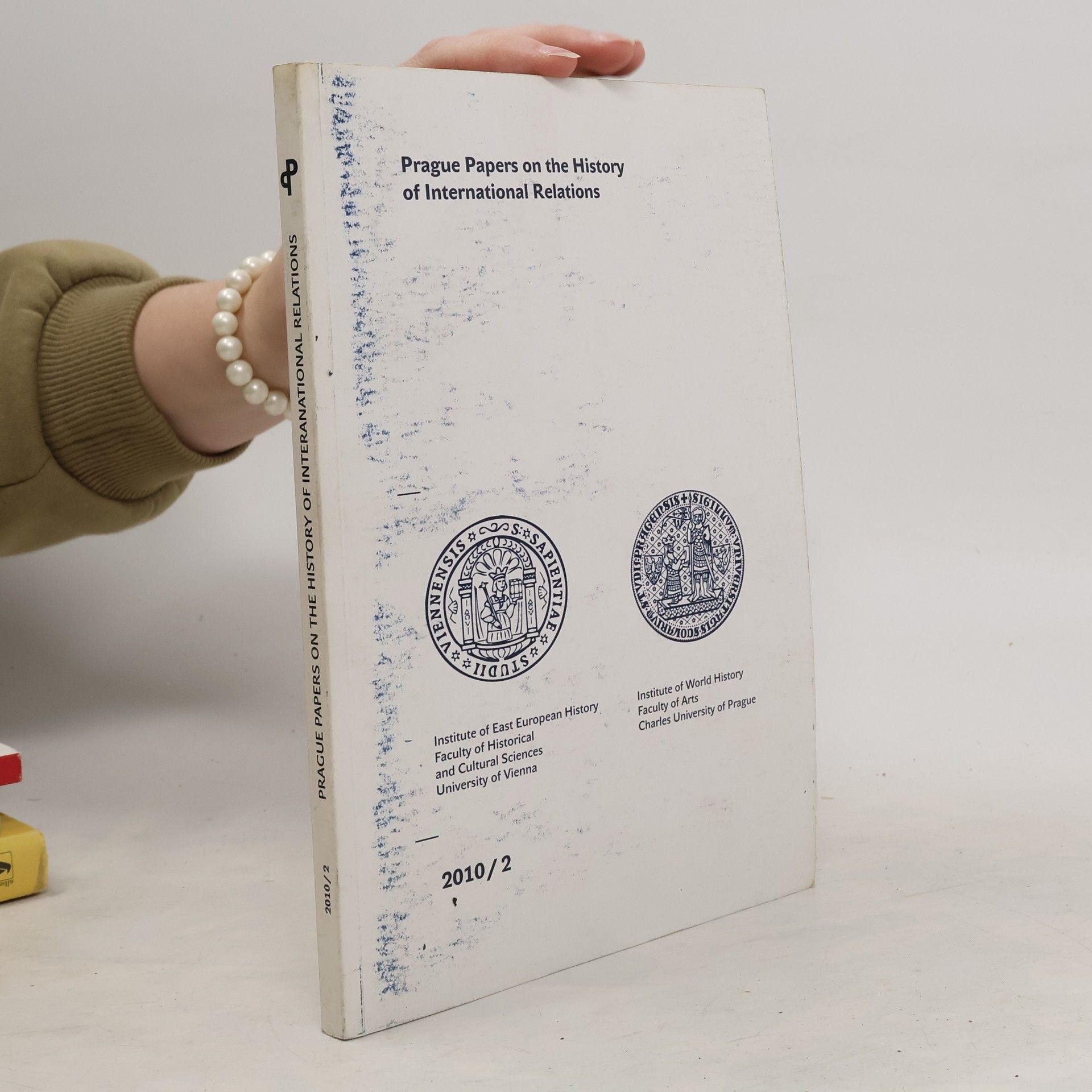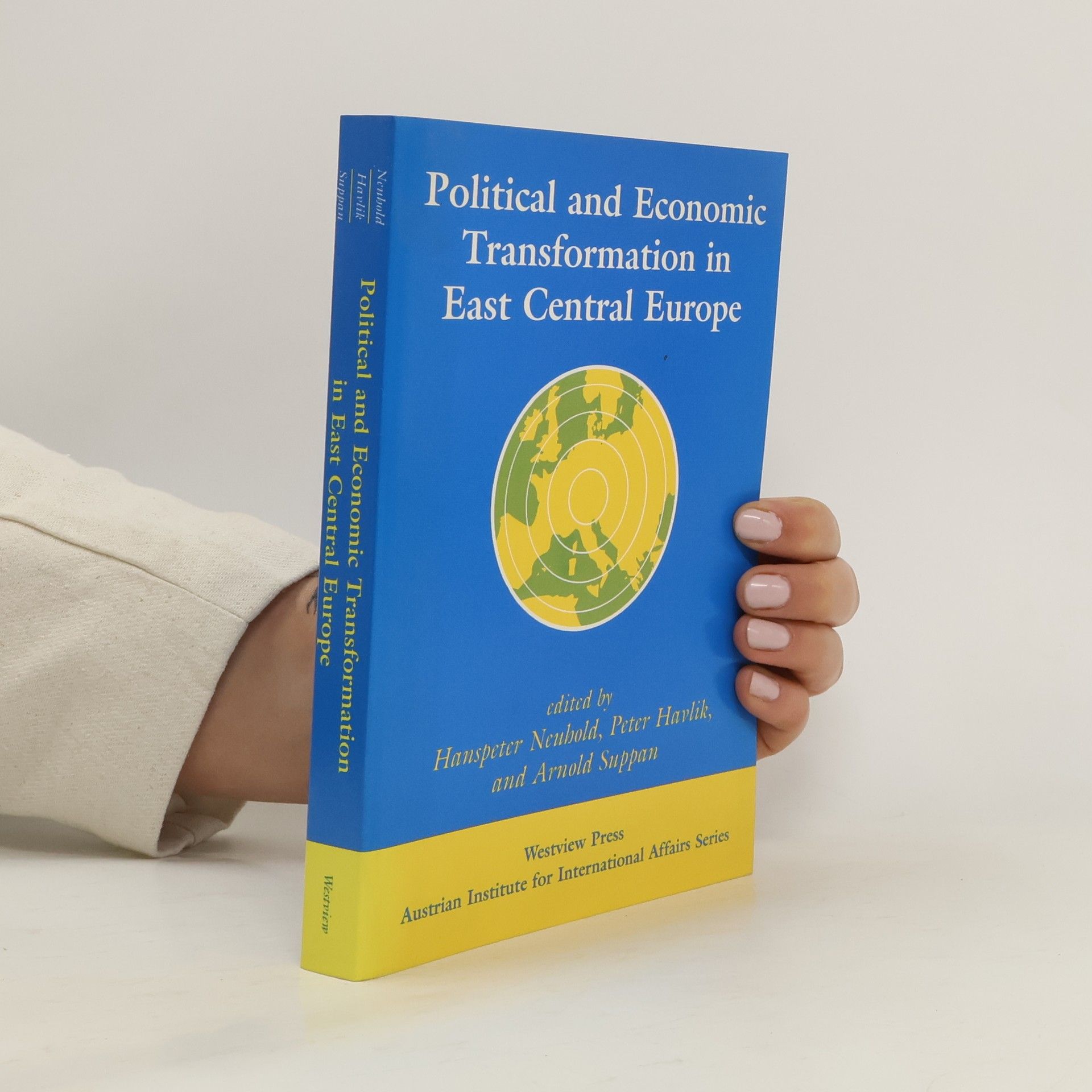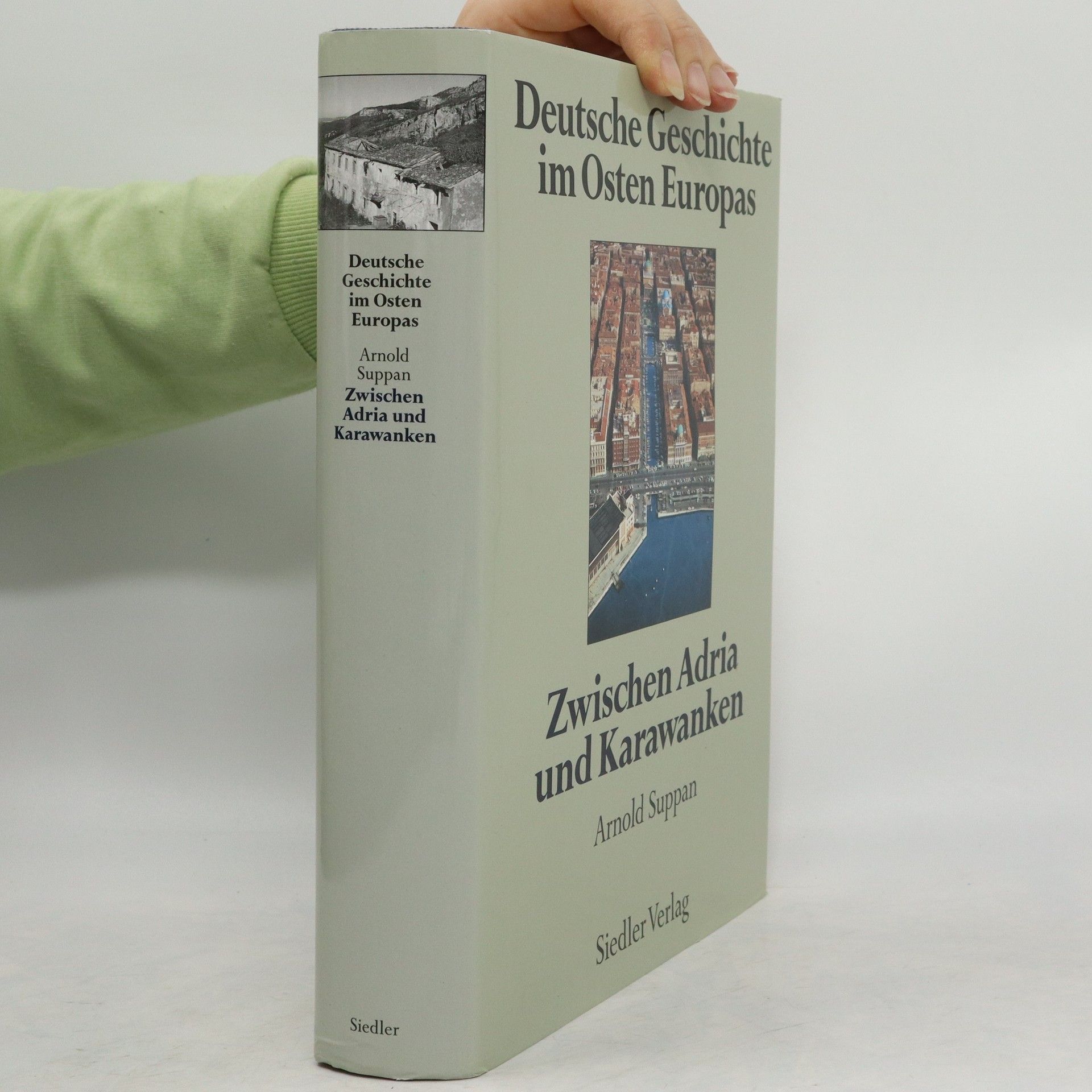Arnold Suppan Livres






Political And Economic Transformation In East Central Europe
- 384pages
- 14 heures de lecture
The book explores the historical development of German and Czech-speaking communities in the Danube and Sudeten regions from the 9th century to the early 21st century. It examines political, economic, and social changes, as well as cultural and mental history, addressing key periods such as the Holy Roman Empire, the Habsburg monarchy, and the national conflicts between 1848 and 1948. Significant events like the Treaty of Saint-Germain, the Munich Agreement, and post-World War II displacement are analyzed, culminating in discussions on the Iron Curtain and the post-1989 societal shifts within the EU context.
East European identities in the 19th and 20th century
- 255pages
- 9 heures de lecture
During the 1970s the Austrian Ministry of Science and Research supported the founding of the „Centre for Austrian Studies“ at the University of Minnesota in Minneapolis and the Austrian chair at Stanford University in California. Nowadays there are six institutions of this kind operational, besides the U. S. A. also in Canada, Hungary and Israel. Their tasks are to promote Austrian and Central European studies among professors and students of their host nation and to provide Austrian students the possibility to conduct research in a foreign country and to get in touch with the respective national scientific communities. This anthology contains not only a description of the Institution's activities in the academic year 2008/2009, but also the working papers of ten of their present PhD students. Their research, which is for the most part connected to the History of East Central Europe, covers a period from the 19 th century to the present.
From the Austrian Empire to communist East Central Europe
- 200pages
- 7 heures de lecture
The Centers for Austrian Studies, founded by the Austrian Federal Ministry for Science and Research since the 1970s, play an important role for the Austrian as well as the international scientific community. Their tasks are to promote studies on Austria and Central Europe in their host nations as well as to give Austrian students the possibility to conduct research abroad and to get in touch with the local scientific community. This volume contains reports on the activities of these Institutions in the academic year 2009/2010 and working papers of their most promising PhD students. The research presented in this volume covers various aspects of Central European history in Moderns Times, ranging from the sixteenth century to the present.
Der österreichische Staatsvertrag vom 15. Mai 1955 ist ein zentrales Gründungsdokument der Zweiten Republik und zählt zu den bedeutendsten internationalen Verträgen des ersten Nachkriegsjahrzehnts. Der vorliegende Sammelband umfasst 33 Beiträge von führenden Historikern, Völkerrechtlern und Diplomaten, die die Entstehungsgeschichte des Staatsvertrages im Kontext der internationalen Beziehungen während des Kalten Krieges beleuchten. Zudem wird die Umsetzung wichtiger Bestimmungen sowie die völkerrechtliche und identitätsgeschichtliche Relevanz nach dem Zerfall des bipolaren Systems und dem EU-Beitritt Österreichs behandelt. Erstmals werden bislang unbekannte Dokumente aus Archiven ehemaliger sowjetischer, amerikanischer, jugoslawischer, finnischer, polnischer und italienischer Herkunft präsentiert. Diese neuen Quellen werfen ein frisches Licht auf den neunjährigen Verhandlungsprozess und die internationale Wahrnehmung des Staatsvertrages. Der Band bietet somit eine umfassende Analyse der historischen, rechtlichen und identitätsstiftenden Dimensionen des Vertrags und dessen Einfluss auf die Entwicklung Österreichs in der Nachkriegszeit.
Der Band befasst sich mit Gebieten, die 1918 zur österreichisch-ungarischen Konkursmasse gehörten. Die Beiträge beleuchten die bayerisch-fränkische Einwanderung und Landesorganisation im Mittelalter, thematisieren die Einbeziehung der untersteirischen, Krainer und küstenländischen Deutschen in habsburgische Herrschaftsgefüge wie ihre Verbindungen zum Deutschen Bund und zum Dritten Reich und stellen ihr faszinierendes Zusammen- und Nebeneinanderleben mit Slowenen, Kroaten, Italienern und Ungarn dar

